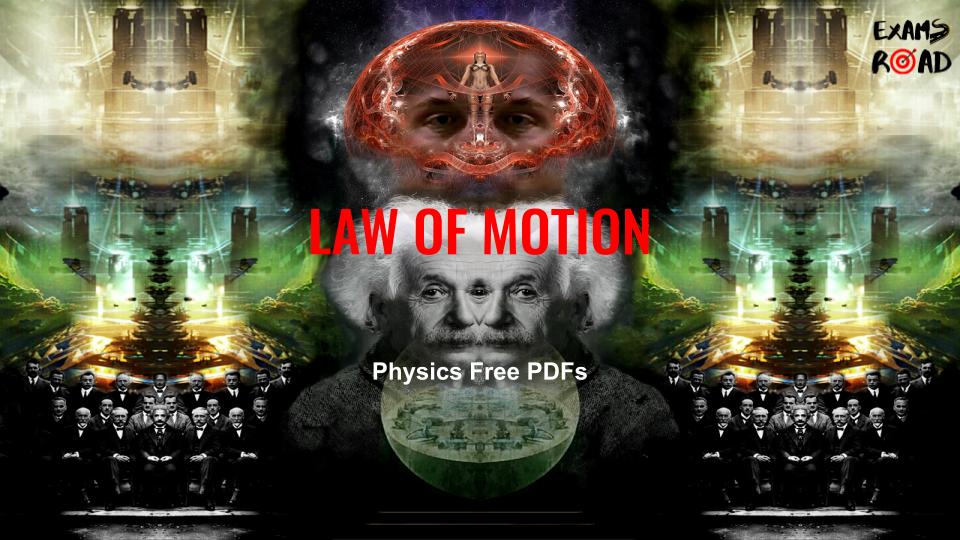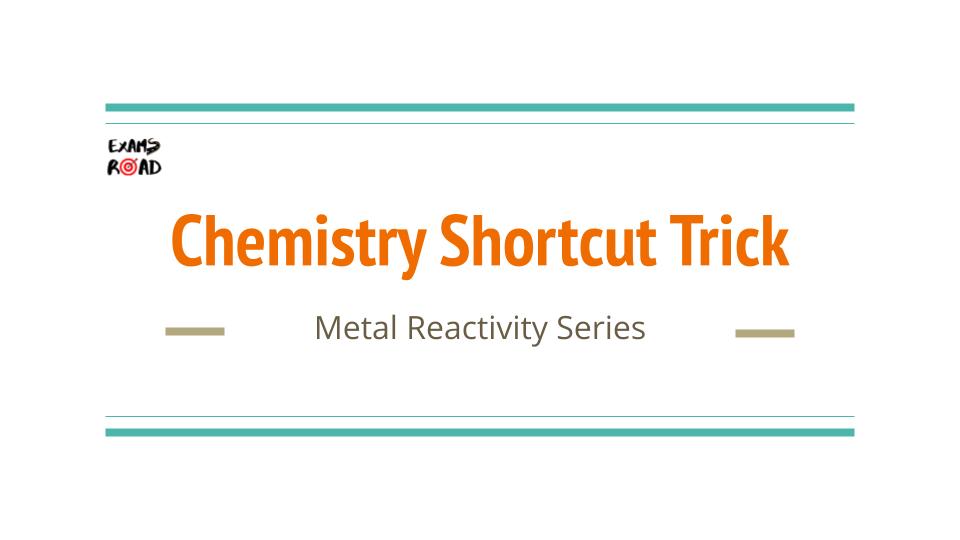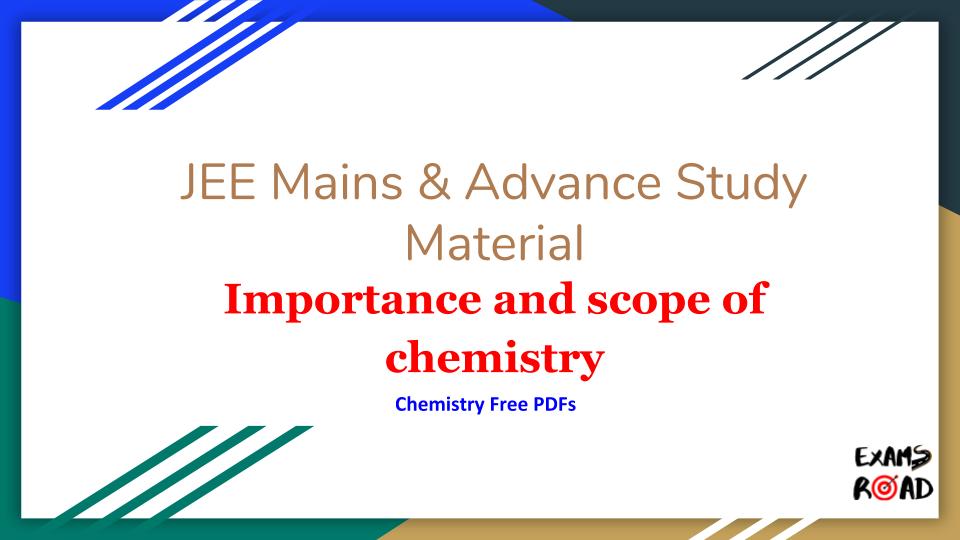MCQs on Chemical Bonding PDF – Free Objective Question & Answers
Chemical Bonding [CHEMISTRY NEET JEE PDF] : Chemical Bonding PDF. Chemical bonding refers to the attractive forces that hold atoms together in molecules or compounds. These bonds are formed through the sharing, transferring, or redistribution of electrons between atoms. Understanding chemical bonding is fundamental to understanding the structure, properties, and reactivity of substances.
MCQs on Chemical Bonding PDF – Click Here
There are three main types of chemical bonds: covalent bonds, ionic bonds, and metallic bonds. Let’s explore each type with examples:
- Covalent Bonds: Covalent bonds occur when atoms share electrons to achieve a stable electron configuration. This bond is typically formed between nonmetals. There are two types of covalent bonds: polar covalent bonds and nonpolar covalent bonds.
- Nonpolar covalent bonds: In a nonpolar covalent bond, the shared electrons are equally distributed between the atoms. For example, in a molecule of oxygen (O2), two oxygen atoms share two pairs of electrons, forming a nonpolar covalent bond.
- Polar covalent bonds: In a polar covalent bond, the shared electrons are not equally shared between the atoms, resulting in a partial positive and partial negative charge. This occurs when there is a significant difference in electronegativity (the ability to attract electrons) between the atoms involved. For example, in a molecule of water (H2O), the oxygen atom is more electronegative than the hydrogen atoms, causing the oxygen atom to pull the shared electrons closer to itself, resulting in a polar covalent bond.
- Ionic Bonds: Ionic bonds occur when there is a complete transfer of electrons from one atom to another. This bond is typically formed between a metal and a nonmetal. In an ionic bond, one atom loses electrons (forming a positive ion or cation), while the other atom gains those electrons (forming a negative ion or anion). The resulting oppositely charged ions attract each other, forming an ionic compound.
- Sodium chloride (NaCl): In sodium chloride, sodium (Na) donates one electron to chlorine (Cl), forming Na+ and Cl- ions. The positive and negative charges attract each other, resulting in an ionic bond.
- Metallic Bonds: Metallic bonds occur within metals and are characterized by the sharing of electrons among a “sea” of metal cations. In a metallic bond, the valence electrons are delocalized, meaning they are not associated with a specific atom but rather move freely throughout the metal lattice. This sharing of electrons allows metals to have unique properties such as high electrical conductivity and malleability.
- Copper (Cu): In a copper metal lattice, each copper atom contributes its valence electrons to form a “sea” of delocalized electrons that move freely between the copper cations, creating a metallic bond.
It’s important to note that many compounds exhibit a combination of bond types. For example, in an ionic compound like sodium chloride (NaCl), individual sodium and chlorine atoms are held together by ionic bonds, but within the crystal lattice, there are also covalent interactions between the chloride ions.
Understanding the types of chemical bonds and their properties is crucial in predicting and explaining the behavior of molecules and compounds, such as their stability, solubility, and reactivity.
Free Download – Notes on Chemical Bonding PDF
Thank You,
Team ExamsRoad.com
In Association with ExamsRank.com





![100+ MCQs on Biomolecules PDF – Free Objective Question & Answers [Chemistry NEET JEE] Biomolecules PDF](https://examsroad.com/wp-content/uploads/2023/06/Biomolecules-in-Chemistry-PDF-218x150.jpg)













